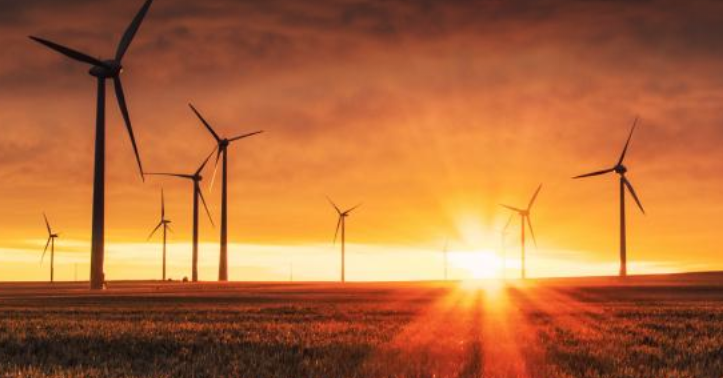
“100% renewable energy” is a popular concept these days. 160 major corporations have signed pledges saying they will power all of their activities using 100% renewables in the near future. But that does not necessarily mean the electricity they consume will be 100% carbon free. The devil is in the details.
One of those details is defining the period of time over which the 100% renewable pledge is measured. Is it over the course of a year, a month, a day, or an hour? Today, when people and corporations talk about getting 100% of their electrical energy from renewables, they mean over the course of a year.
But during that year, they may actually have more electricity than they need at some times and sell it back to the grid, whereas at other times they will need to buy electricity from carbon producing sources to cover their needs. Over the course of a year, things will even out, theoretically, but there will be times when their carbon footprint will be higher than their 100% renewable pledge might suggest.
Hourly Accounting Is Better
A new study by the Precourt Institute of Energy at Stanford University finds that changing the focus from a yearly to an hourly basis can alter the equation substantially and help organizations do a better job of measuring their progress toward their zero carbon targets accurately. “To guarantee 100% emissions reductions from renewable energy, power consumption needs to be matched with renewable generation on an hourly basis,” says co-author Sally Benson.
The carbon footprint of electricity on the grid can vary a lot over the course of a day in some locations. By 2025, the study says, the use of yearly averages in California could overstate the greenhouse gas reductions associated with solar power by more than 50% when compared to hourly averages.
Storage Is Key
Solar power is renewable, but in the absence of energy storage or long distance transmission lines that can send it where it is needed most, it does not reduce carbon emissions from the grid as much as many people assume. That’s because at night fossil fuel sources are need to supply electricity to the grid until the sun rises the next day.
“Just purchasing more solar energy in a grid that already has lots of solar generation will not result in zero emissions,” says Benson, who is a professor in the Energy Resources Engineering Department in the Stanford School of Earth, Energy & Environmental Sciences.
All renewable technologies have a small amount of carbon dioxide associated with their output due to the emissions from manufacturing and installing them, the study suggests, but how the renewable energy is used can have a much larger impact on the environment.
“Both the carbon footprint of a large consumer and the environmental value of renewable energy assets depend on the grid they interact with,” says Jacques de Chalendar, a PhD candidate in energy resources engineering and lead author of the study. “Using hourly data is the best way to measure the environmental benefit of renewables and this will become increasingly true wherever renewable generation is growing.”
Wind Preferable To More Solar In Some Areas
The Stanford research suggests that in some areas — particularly in California where solar power is already abundant — switching to wind energy going forward would help lower the carbon footprint of the grid more than installing more solar panels.
Using annual accounting, a 100% solar strategy in 2025 would reduce carbon emissions by 119% of a hypothetical company’s carbon footprint. Using hourly emissions, however, that number drops to only 66%, the study says. For a 100% wind power strategy, annual averages indicate 131% carbon reductions are possible but that actually increases slightly to 135% using hourly data.
Information Versus Accurate Information
Measuring carbon reductions on an hourly basis instead of yearly could help large consumers increase their use of low-carbon power from the grid. With more accurate information, consumers can move flexible consumption to times of the day when grid power is cleanest.
The data could also help consumers decide whether investing in large scale energy storage projects, which would allow them to draw electricity from the grid during low carbon periods and store it for later use, are the most economical way to meet their carbon targets.
For example, another recent study by the same authors shows that by using its energy storage to maximize purchases of electricity in the afternoon when solar power dominates the California grid, Stanford University could reduce emissions from heating and cooling by an additional 40%.
Stanford recently electrified its heating and cooling systems and added thermal storage, which helped it cut its carbon emissions by a third compared to 2014 levels. Trimming them by a further 40% would be significant further step forward in is carbon reduction goals.
“Transparent, precise, and meaningful carbon accounting is necessary,” Benson saxys. “And if it’s done properly, we can make the right investments in renewable power and create a more sustainable grid.”
























